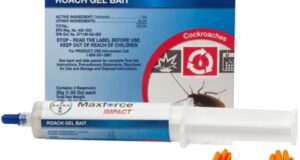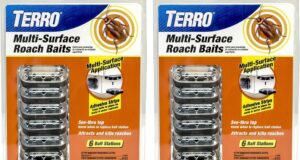
In an age when home hygiene and safety matter most, knowing how to handle infested items is key. Keep these items apart to protect your space and calm your family and pets. This guide shows steps to treat these items safely so you keep a clean home.
Understanding the Importance of Quarantine
Quarantining means you set infested items aside for a set time. This step stops pests and germs from moving from one item to another. With pests such as bed bugs or rodents, quick work can cut damage and keep your home healthy.
Identifying Infested Items
The first step is to spot which items need separation. Common cases are:
- Furniture: Couches, chairs, and beds may hide pests.
- Clothing and Bedding: Items that touched surfaces where pests may live.
- Packages and Deliveries: New items that might bring pests from elsewhere.
After you spot these items, keep them apart to stop the problem from growing.
Steps to Quarantine Infested Items
1. Create a Dedicated Quarantine Area
Pick a room, garage, or basement where you can set these items aside. Choose a spot that has fresh air and stays away from busy parts of your home.
2. Seal Infested Items Properly
When you store the infested items, do this:
- Use plastic bags for small items like clothing or sheets. Seal the bags to trap any pests.
- For large items like furniture, cover them with plastic or a tarp so no pests can escape.
3. Maintain Optimal Quarantine Conditions
Know that many pests need a specific range of heat and moisture:
- Heat: For bed bugs that do not live well above 120°F, a hot treatment for 90 minutes can kill them. Freezing items for about four days may also work.
- Dryness: A dry space stops mold and other pests that need moisture from thriving.
4. Keep Records
Write down each item and the date it was set aside. This list helps you check each item for any signs that pests may leave or cause further harm.
5. Consult Professionals
If you feel unsure about how strong the infestation is, a pest expert can give you plans to stop the spread.
Best Practices for Preventing Future Infestations
Once you have set aside infested items, it is wise to follow these rules:
- Clean often: Keep your home free from dust and clutter where pests might hide.
- Check used items: Look for signs of pests when bringing in items from outside.
- Seal gaps: Close up cracks in windows and walls to keep pests out.
Conclusion
Setting aside infested items is a key step to keep pests under control. With simple steps and care, you can protect your home and loved ones. Stay alert and use these steps to keep your living space safe and clean.




